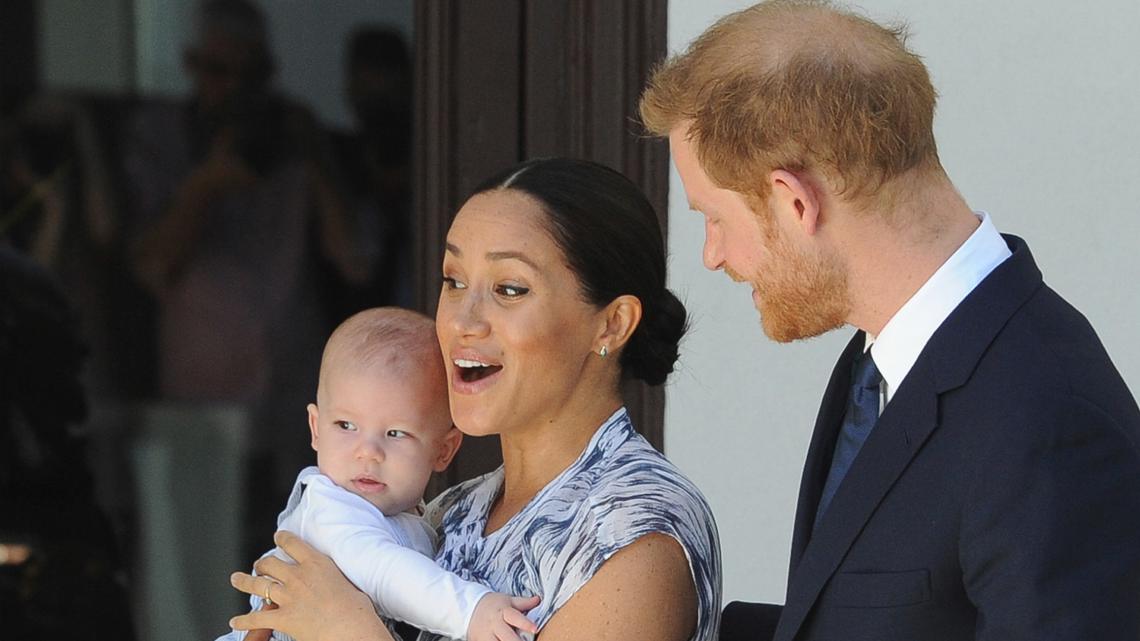With SARS’s renewed focus on trusts (on 28 September 2022 they issued a media release with the heading “SARS sharpens its focus on Trusts”), all role players in a trust have to ensure that the taxation rules applicable to trusts are understood and applied correctly.
A trust is a unique taxable entity as it is a ‘taxpayer of last resort’.
That means that, if the tax rules are applied correctly, other taxpayers such as the funder/donor of the trust, or even its trust beneficiaries, may be taxed on income and capital gains generated in the trust, rather than the trust itself. A recent court case (CSARS v The Thistle Trust) where judgement was delivered on 7 November 2022, demonstrates the uniqueness of trust taxation as well as SARS’s determination to correctly apply trust tax rules. This case highlights the complexity of the taxation of income and capital gains generated in trusts.
This is a typical multiple trust structure of a group of property owners and developers. The trusts were clearly set up as part of a business arrangement between a number of parties.
The business of the property group is conducted through a group of ten vesting trusts. As part of the structure profits generated in the ten trusts were split amongst the group of property owners and developers, including the Thistle Trust.
It is interesting how the parties involved – the trustees, the legal teams and the courts got the terminology wrong – the judgement explains that the capital gains realised by the ten trusts, which are ‘vesting trusts’ were distributed to their beneficiaries by the trustees in the same tax year. SARS defines a vesting trust as a trust where the income (both of a revenue and capital nature) and/or assets of the trust are vested in the beneficiaries – who then get vested rights – in terms of the trust instrument. This means that such income and/or capital gains automatically vest in a beneficiary; the trustees have no discretion/option to vest it.
The judgement then explains that after ‘receiving’ the distribution, the Thistle Trust distributed the capital gains so received to its beneficiaries and attempted to similarly push the tax liability to its beneficiaries (who pay less tax), through the utilisation of the Conduit Principle.
SARS disagreed with the tax treatment of the group, and issued additional assessments, imposed understatement penalties of 50% and levied interest on the Thistle Trust as it believed that the trust was to be taxed on the relevant capital gains generated by the ten trusts, rather than the beneficiaries of the trust.
After SARS disallowed the Thistle Trust’s objection thereto, the trustees turned to the Tax Court. The Tax Court set aside the additional assessments and incorrectly held that the distribution to the beneficiaries of the Thistle Trust was a distribution of capital gains taxable in the hands of its beneficiaries, relying on Section 25B of the Income Tax Act.
Section 25B of the Income Tax Act, however, is a regulatory provision in the sense that it determines who will be taxed on trust income, and when, rather than being an anti-avoidance provision.
This provision was already introduced in the 1990’s. This section was amended in the 2020 Taxation Laws Amendment Act to clarify that it does not apply to amounts of a capital nature that are not included in gross income. It could therefore not apply to capital gains as was argued in this case.
A similar provision (Paragraph 80 of the Eighth Schedule to the Income Tax Act) was introduced specifically dealing with capital gains tax after the introduction of capital gains tax in 2001. Therefore, where Section 25B deals with income, Paragraph 80 deals with capital gains.
SARS did not agree with the incorrect conclusion of the Tax Court and appealed to the Supreme Court of Appeal. SARS, correctly, was of the view that the Thistle Trust acquired a vested right to the capital gains distributed to it but acquired no vested right to the disposed capital assets.
When the Thistle Trust made a distribution to its beneficiaries after it received the distribution of the capital gain, it did not determine a capital gain in respect of the disposal of a capital asset as is required by Paragraph 80(2). SARS was correct that insofar as the beneficiaries of the Thistle Trust are concerned, the provisions of Paragraph 80(2) do not apply.
If trustees decide to distribute the capital gain to another trust first and only then to a person, the capital gain will be trapped in the second trust, and the second trust will be taxed. It is, therefore, not possible to use the Conduit Principle to transfer the capital gain to the final beneficiaries since the second trust did not dispose of the asset, nor did it make the original capital gain.
Because the base cost that ends up in the second trust (disposal at market value from the first trust) and the value of the distribution (disposal at market value out of the second trust) will be the same amount, the second trust’s capital gain on distribution (disposal) will, therefore, be zero when it passes through to the ultimate beneficiary, leaving the capital gain trapped in the second trust.
The second trust will, therefore, be taxed on the capital gain. Although the second trust can distribute the gain to its beneficiaries, it cannot distribute it to its beneficiaries for tax purposes utilising the Conduit Principle. It will be a capital distribution.
The Thistle Trust luckily got off the hook as far as penalties were concerned, as it was held that the understatement of tax arose from a bona fide inadvertent error in terms of the Tax Administration Act (section 222). However, interest was levied by SARS on the tax imposed on the trust.
This case is a warning to all parties involved with trusts to become au fait with the relevant trust tax rules, as they are pretty unique.
Phia van der Spuy is a Chartered Accountant with a Masters degree in tax and a registered Fiduciary Practitioner of South Africa®, a Chartered Tax Adviser, a Trust and Estate Practitioner (TEP) and the founder of Trusteeze®, the provider of a digital trust solution.
BUSINESS REPORT
















